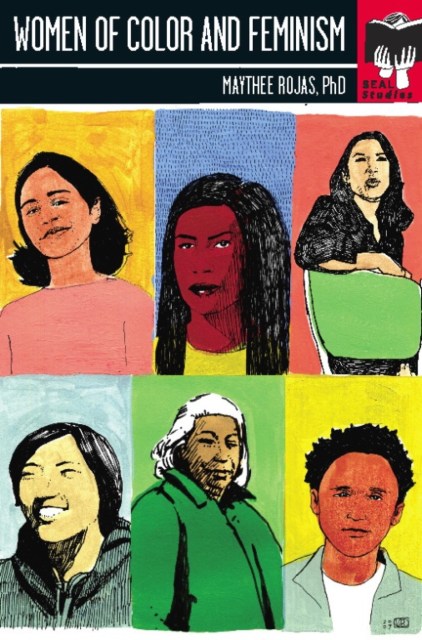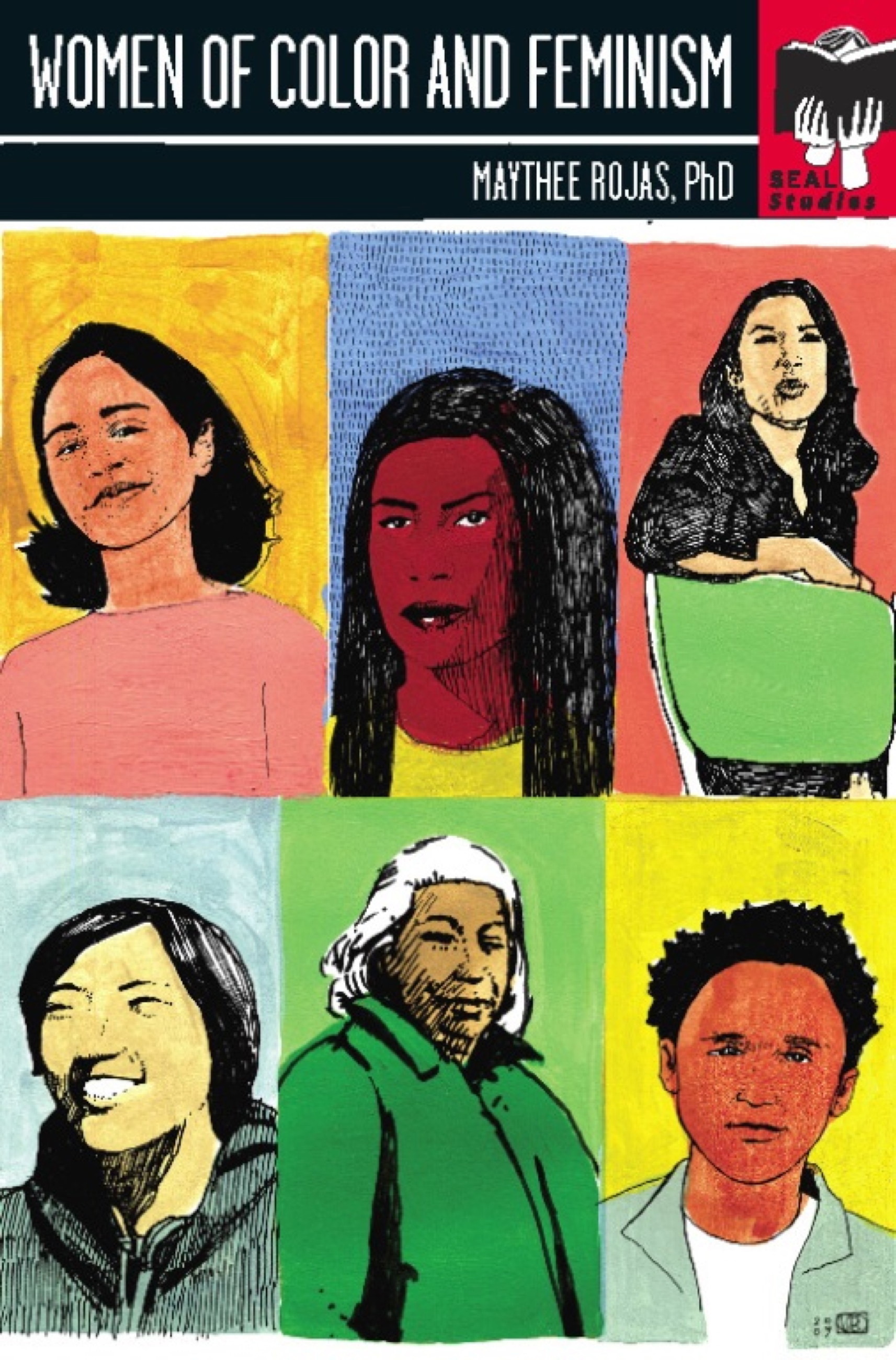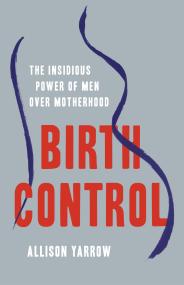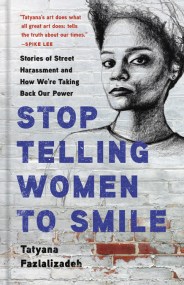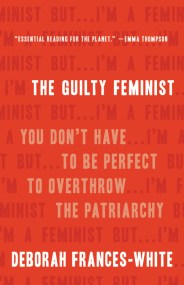Promotion
Use code MOM24 for 20% off site wide + free shipping over $45
Women of Color and Feminism
Seal Studies
Contributors
Formats and Prices
Price
$9.99Price
$12.99 CADFormat
Format:
- ebook $9.99 $12.99 CAD
- Trade Paperback $19.99 $25.99 CAD
This item is a preorder. Your payment method will be charged immediately, and the product is expected to ship on or around December 29, 2009. This date is subject to change due to shipping delays beyond our control.
Also available from:
This powerful study strives to rewrite race and feminism, encouraging women to “take back the body” in a world of new activism. Women of Color and Feminism encourages a broad conversation about race, class, and gender and creates a discourse that brings together feminism and racial justice movements.
Genre:
- On Sale
- Dec 29, 2009
- Page Count
- 224 pages
- Publisher
- Seal Press
- ISBN-13
- 9781580053259
Newsletter Signup
By clicking ‘Sign Up,’ I acknowledge that I have read and agree to Hachette Book Group’s Privacy Policy and Terms of Use
